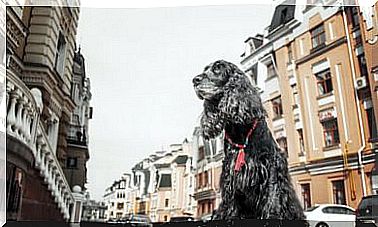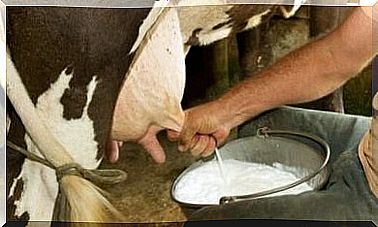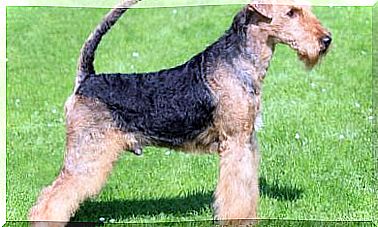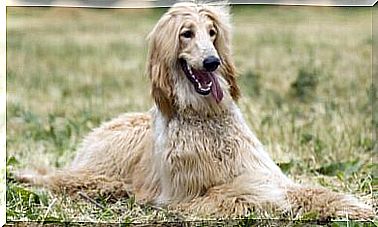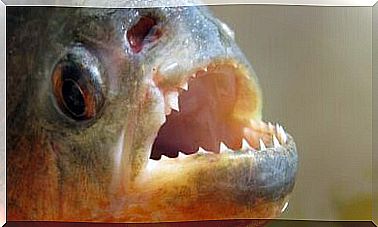Breathing In Animals: Different Types
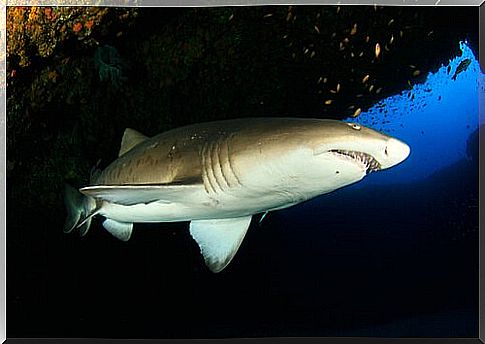
The way in which living beings receive oxygen from the environment in which they live, or breathing, differs depending on whether it is a reptile, a mammal, a fish or an amphibian. In this article we will explain how animals breathe and what characteristics the various breathing systems have .
The four types of respiration in animals
The cells of the body need oxygen (O2) to carry out the gas exchange with which to release carbon dioxide from the body. To do this, living beings have had to adapt to the environment in which they live. Here, they receive the oxygen they need to carry out all their vital functions. Depending on the type of organism, however, this respiration occurs in at least 4 different ways. Let’s see them together, one by one:
1. Skin Breathing
This respiration is carried out through the skin and is typical of echinoderms, annelids and certain amphibians. The gas exchange – of oxygen and carbon dioxide – can be completed when the dermis is moist, so animals that breathe with the skin must necessarily live in aquatic or very humid places.

It is worth noting that these species are characterized by a very thin and well vascularized skin, so as to be able to carry out the process without problems. Skin breathing is typical of some animals, such as: jellyfish, anemones, earthworms, frogs and toads.
2. Branchial Breathing
The gills are the respiratory organs present in aquatic animals, with the exception of those with cutaneous respiration, through which the oxygen is extracted from the water, and then the carbon dioxide is expelled. In this way, oxygen gets into the blood, then into the tissues and cells.
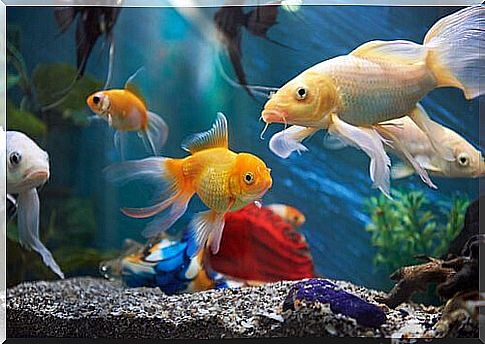
Unlike the lungs or tracheas, the gills are external and found behind the head – in the case of fish – or as branched appendages of different sizes in mollusks, newts, salamanders and annelids.
3. Tracheal Breathing
The tracheae of animals that use this type of breathing – insects, arachnids, myriads such as millipedes and onychophores – are known as ” book lungs ” and have tubular structures that deliver oxygen to the cells.

This mechanism clears the circulatory system to complete the process, as blood circulates very slowly in beings with trachea and does not have the ability to carry oxygen. Through a breather, the pipes open outwards to allow air to enter.
4. Lung Breathing
Of all the types of respiration in animals, the lung is the one we know best because we use it too, like other mammals. The lungs are internal structures that can be of two types: saccular (in the form of a bag) or tubular, with the ability to fill depending on the situation.
- Reptiles : have folded lungs that cover a large surface.
- Serpent i: They have a single lung due to the narrowness of their body.
- Aquatic turtles : it is a “modified” circulatory system that allows them to carry out their vital functions without having to surface too frequently.
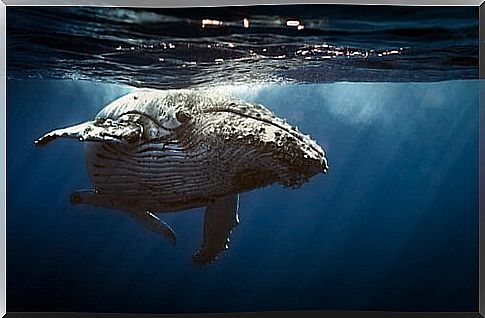
In the case of mammals, the lungs are very well developed and have branched tubes – called alveolar sacs – in which gas exchange takes place. Animals of this species that live in the water – whales, dolphins, etc. – have a greater blood oxygenation capacity. Hence, they do not need to introduce oxygen into the body as often as terrestrial ones.
Finally, birds have different lungs from others due to their flight habits. When the animal inspires they fill up with air: this passes to the “air pockets” which prevent them from continuing to breathe when they fly. The bags would be like an oxygen tank that can be emptied according to the needs of the animal.


